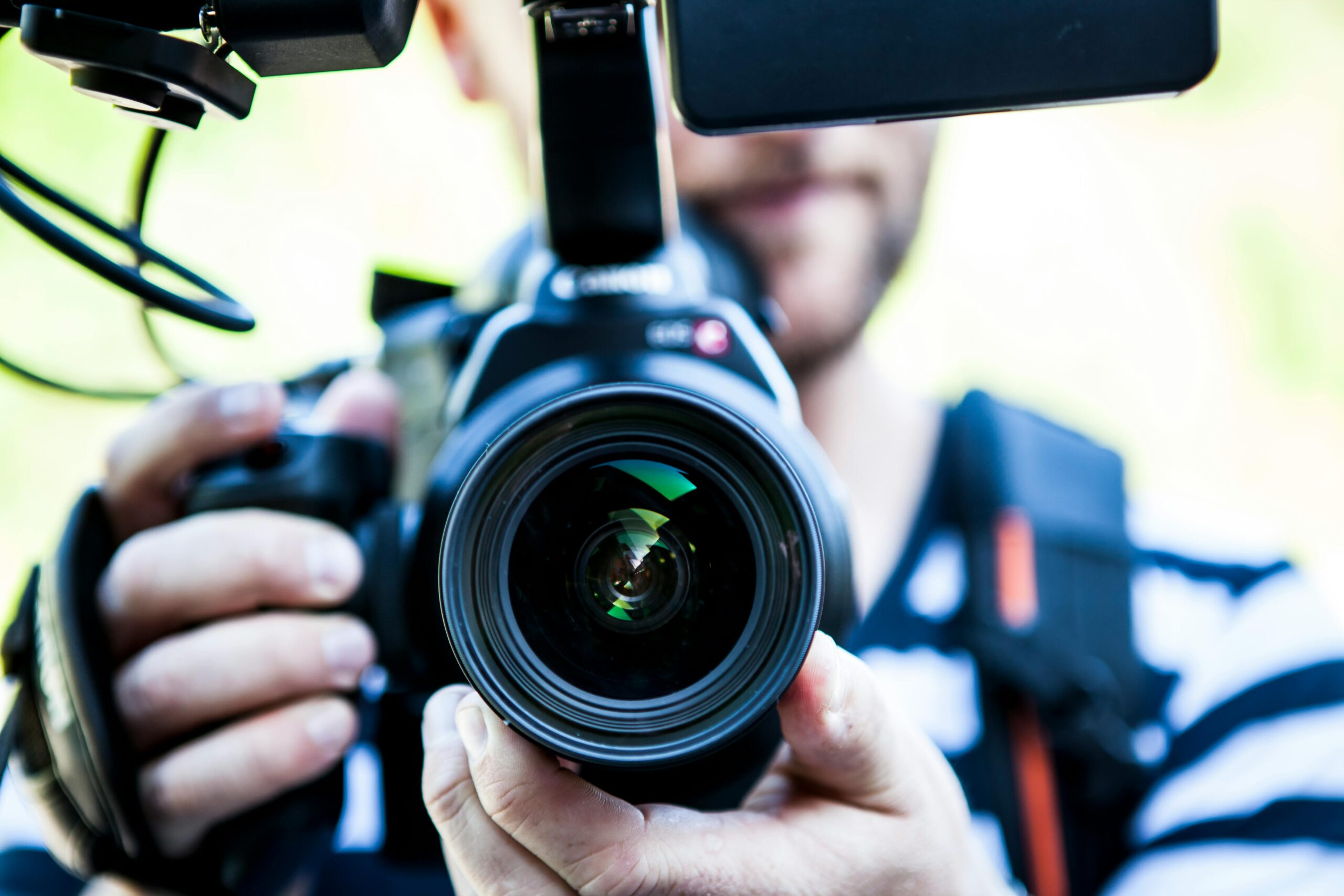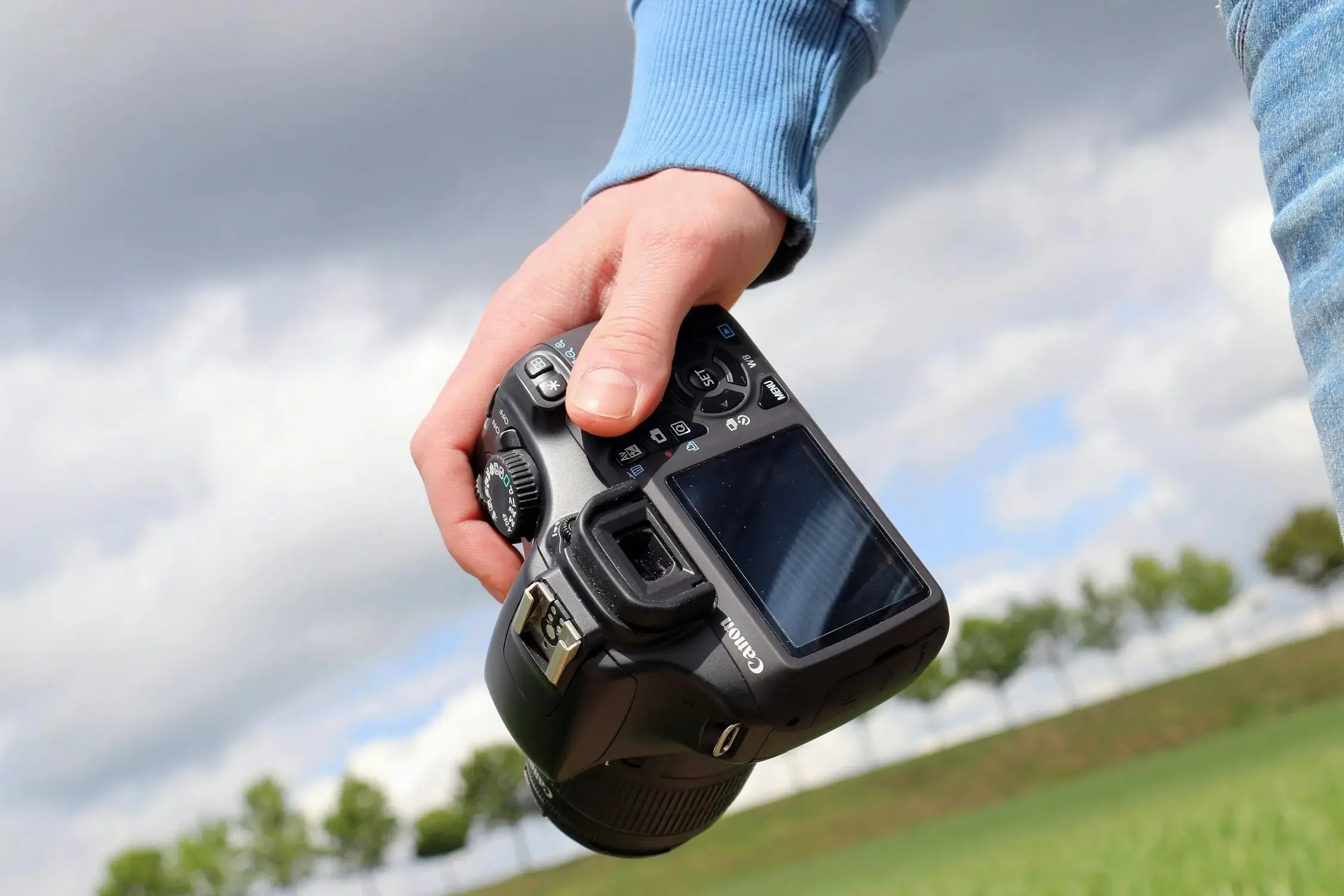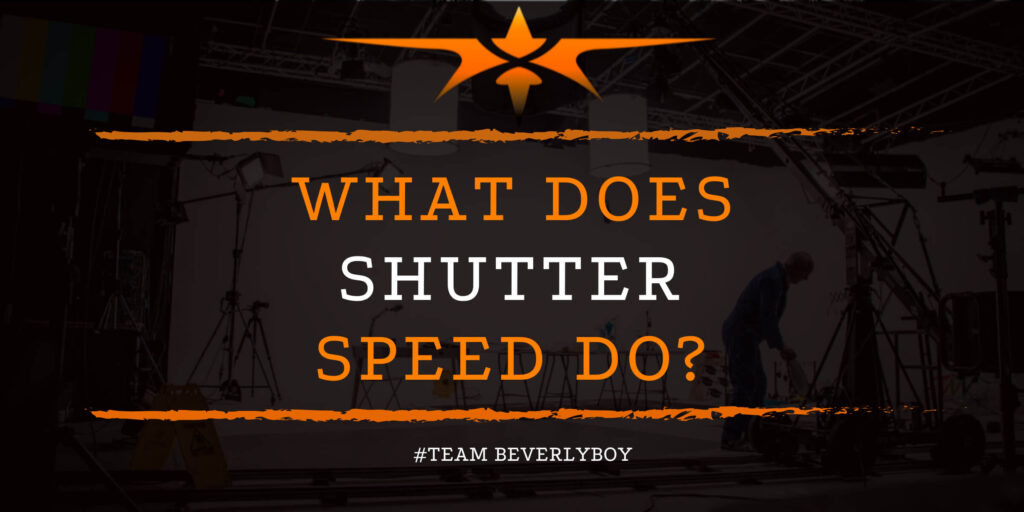What Does Shutter Speed Do?
As a cinematographer, you may not have as much of love for the shutter, but ask any photographer and they’ll likely tell you that they absolutely love to hear that click as the shutter moves up and down, producing the image that has been captured by the camera. The click that so many in the world of photography absolutely adore is the shutter, a tiny metal flap, almost like a door, that opens up, and closes down, each time a photo is captured. Understanding how the shutter works is one of many important topics alongside ISO, aperture, and shutter speed that cinematographers must focus on as they learn how all of this impacts exposure and light balance, but what does shutter speed do?

This is a common question for aspiring cinematographers as they attempt to understand how shutter speed impacts their filmmaking and still image capturing.
At Beverly Boy Productions, we frequently provide in-depth training on topics just like this to assist aspiring filmmakers in understanding the attributes and features of their camera equipment and how it works together to produce the images they wish to share with their audience.
What is Shutter Speed?
Shutter speed is the amount of time that it takes for the shutter inside the camera to open, allow light to enter, and then close once again. Shutter speeds are measured in seconds, as 1/s or 1/1000s, etc.
So a shutter speed of 1/s represents 1 second meaning that the shutter opens, exposes the image to light, captures the image, and then closes back to dark in 1 second.
Today’s cameras have much faster shutter speeds than they once did, so most of the time, the shutter speed is measured in milliseconds which is the fraction you saw above such as 1/1000s which represents one, one thousandth of a second.
Most video is shot at 25 frames per second, which means the camera shutter speed is 1/25s. When you ask, “What does shutter speed do?” it’s important to understand that shutter speed is faster for numbers that have a larger denominator or lower number.
Thus, a shutter speed of 1/25s is slower than 1/250s and 1/250s is slower than 1/2500s. However, shutter speeds measured in whole numbers are slower as the whole number goes up. So, a shutter speed of 1 is faster than a shutter speed of 10.
What Does Shutter Speed Do?

Shutter speed is responsible for controlling the amount of light that enters the camera and makes its way to the sensor. While the aperture represents the total opening of the camera to allow light in, the shutter represents the amount of time that the light is able to filter in towards the sensor.
Exposure is controlled by the shutter speed. In bright light conditions, a slow shutter speed will cause an even brighter image. A fast shutter speed will cause less light to filter into the camera sensor, to create a darker image.
When we look at answering the question, “What does shutter speed do?” It’s also important to note that shutter speed controls motion resulting in increased motion blur if the shutter speed is slow or creating a sharp, jittery appearance when the shutter speed is fast.
In cinematography, shutter speed is one of the key essential elements for filmmakers to adjust in order to produce the natural looking motion blur that is so popular in many films.
Shutter speed can also be used to produce a variety of techniques such as:
- Speeding up the shutter to reduce motion blur in action scenes.
- Slowing down the shutter to increase motion blur for a sense of disorientation.
- Slowing the shutter to produce the appearance of slow motion frames.
- Slowing the shutter down an incredible amount to produce time-lapse footage.
- Adjusting the shutter in order to balance out aperture or ISO in order to achieve the right exposure.
So, what does shutter speed do? When used creatively by the cinematographer, shutter speed impacts the appearance of motion and exposure in the films and videos we watch each day.


